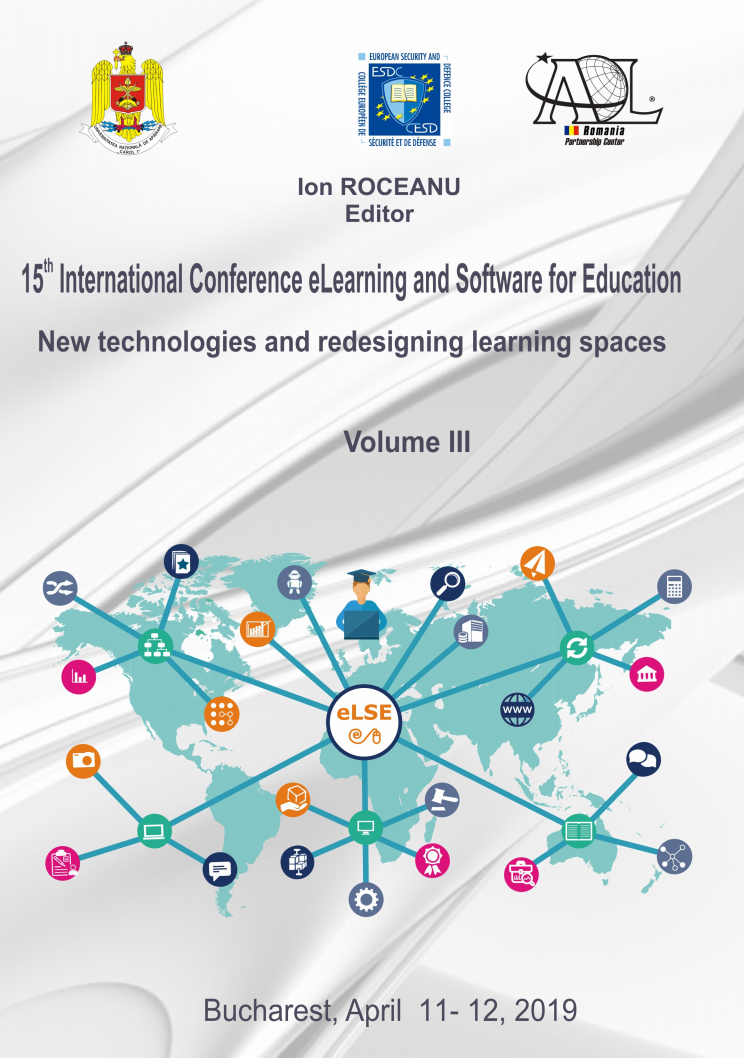Interactive Shape Sizer Library for Fully Fashion Knitwear Training
Interactive Shape Sizer Library for Fully Fashion Knitwear Training
Author(s): Mirela Blaga, Dorin DAN, Mihai PenciucSubject(s): Social Sciences, Education, Higher Education
Published by: Carol I National Defence University Publishing House
Keywords: Computer aided design; cable knitted fabrics; interactive lesson; self-assessment;
Summary/Abstract: The fully fashion knitting is an actual solution for producing two-dimensional shapes, appropriate to the desired finished garment structure, with minimal or no cutting, being one of the most efficient technology. The knitting programs can be processed using the automatic specialized software, developed worldwide by various machine builders. Among them, the M1plus® software from Stoll GmbH Germany offers programs for creating completely new shapes or available libraries for customizing the existing shapes. The paper focuses on the presentation of the opportunities offered by the Shape Sizer program, as interactive package for designing and tailoring the shapes for online or offline training. The user can exploit the flexible features of this package, concerning the type of the knitwear product, with all structural and shape particularities. There are a variety of different shapes available, from the pullover to the single shapes, cardigans or slipovers. The programmer accesses the library choosing the knitting technology type - “fully fashion” or “knit and wear”, then all the details regarding the panel sizes, stitch densities, narrowing or widening steps, are set-up. The program allows the grading of the panels in all dimensions, facilitating thus the further manufacturing steps. The high quality of the final product is ensured by the shaping details of the linking between the constituent parts and the binding off at the sleeves. Working with software existing libraries is a significant simplification of the programming process, as the users do not need to build all the basic patterns every time when a new design or machine type is required. More, for the personal training and self-assessment, the off line versions are extremely useful, allowing the learner to study in his personal rhythm and environment.
Journal: Conference proceedings of »eLearning and Software for Education« (eLSE)
- Issue Year: 15/2019
- Issue No: 03
- Page Range: 367-372
- Page Count: 6
- Language: English

